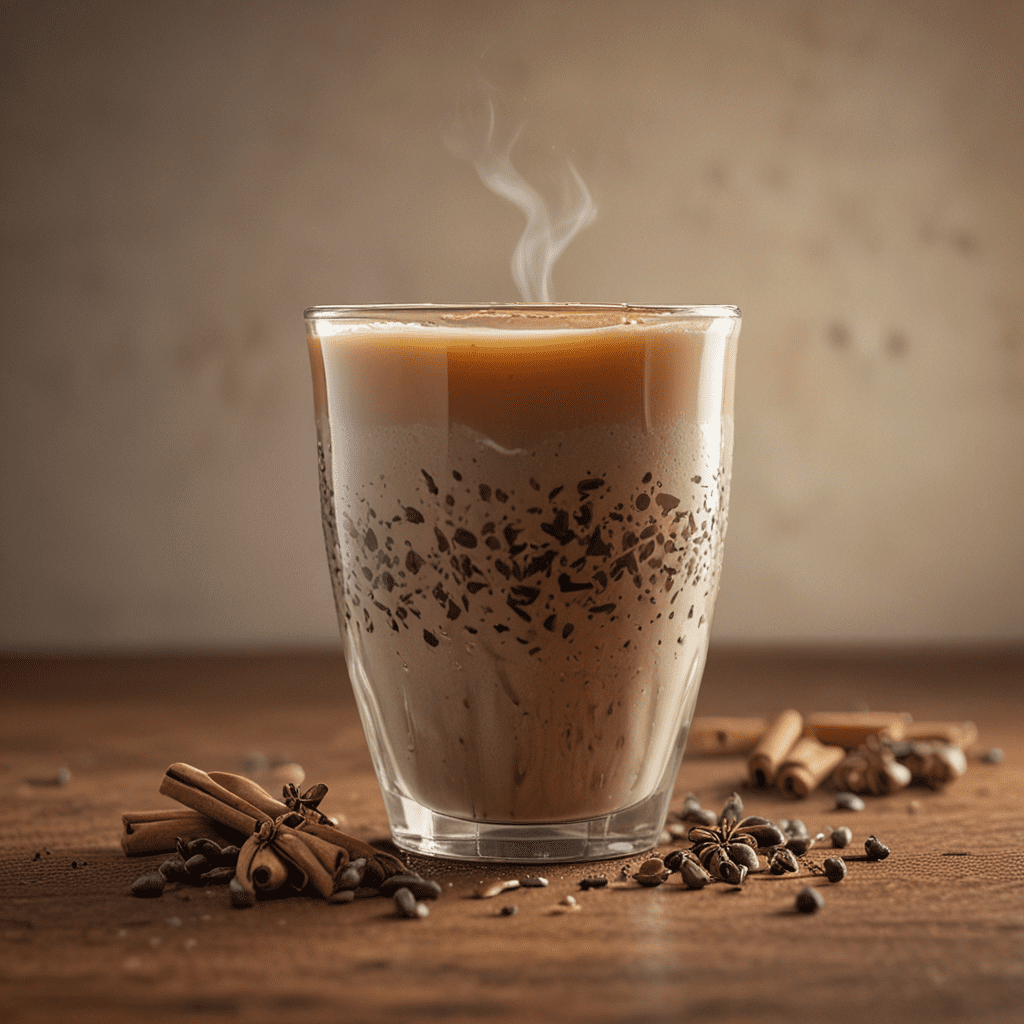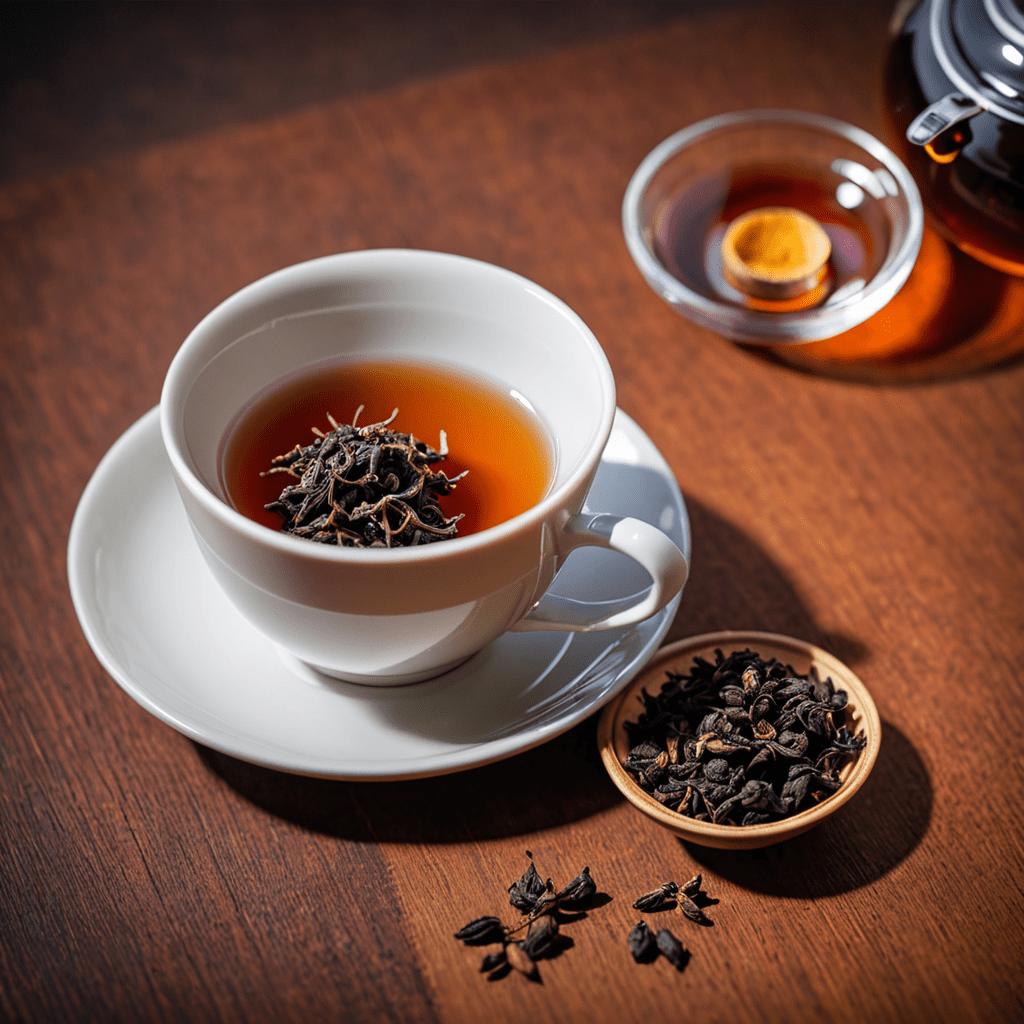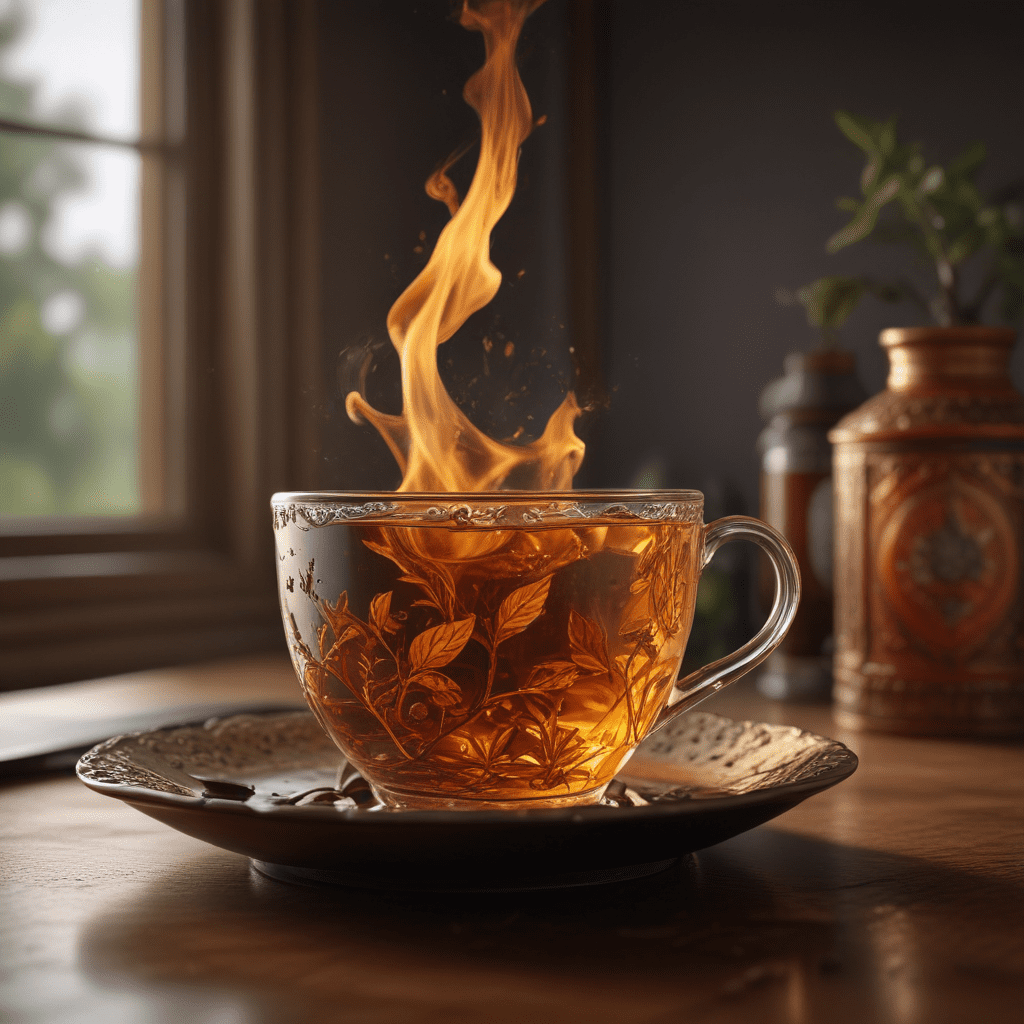Chai Tea: A Flavorful Journey to the East
I. Origins and History of Chai Tea
Chai tea, a beloved beverage originating from the Indian subcontinent, has a rich and storied history deeply intertwined with the region's culture and traditions. Its roots can be traced back to ancient Ayurvedic practices, where it was used as a medicinal drink for its warming and healing properties. Chai gained widespread popularity during the British colonial period, becoming a staple in local teahouses and evolving into the delightful blend we know today.
II. The Traditional Ingredients of Chai Tea
Chai tea's distinct flavor profile is a harmonious symphony of aromatic spices and full-bodied black tea. The traditional blend typically includes cardamom, cinnamon, ginger, cloves, and black pepper, each ingredient contributing its unique essence. Cardamom lends a warm, slightly minty note, while cinnamon adds a sweet and spicy depth. Ginger provides a zesty zing, cloves contribute a subtle warmth, and black pepper adds a hint of heat. This ensemble of spices is then steeped in a strong black tea, resulting in a rich and flavorful concoction.
III. Variations and Regional Flavors
While the traditional chai blend remains a classic, variations and regional adaptations have emerged throughout the Indian subcontinent. In North India, chai is often prepared with milk and sugar, creating a creamy and sweet beverage. South Indian chai, on the other hand, is typically made with water and jaggery, a natural sweetener derived from palm sap, resulting in a more robust and less sweet taste. Some regions add aromatic spices like star anise, nutmeg, or saffron to enhance the flavor complexity. These variations showcase the adaptability and diversity of chai tea, reflecting the regional preferences and cultural influences of India.
VI. Brewing Methods for Chai Tea
Brewing chai tea is a culinary art form that requires precision and patience. Traditional preparation involves simmering the chai blend in a pot of water or milk. The tea leaves are then strained out, leaving behind a fragrant and flavorful concoction. Modern brewing methods have emerged, including the use of tea bags or infusers, making the process more convenient. Regardless of the method chosen, the key is to achieve a balanced and aromatic brew.
VII. Pairing Chai Tea with Food
Chai tea's versatility extends beyond its solo enjoyment; it also pairs wonderfully with various culinary delights. Its warm and spicy notes complement sweet treats like cookies, pastries, and cakes, enhancing their flavors. Chai tea is also an excellent accompaniment to savory dishes, such as curries, grilled meats, and roasted vegetables, adding a touch of aromatic depth to the meal. The combination of chai tea and food creates a harmonious culinary experience, satisfying both taste buds and cravings.
VIII. The Perfect Chai Tea Blend
Creating the perfect chai tea blend is an art that requires experimentation and personal preference. While traditional recipes provide a solid foundation, adjusting the proportions of spices allows for customization. For a classic blend, start with equal parts cardamom, cinnamon, ginger, cloves, and black pepper. From there, add or reduce the quantity of each spice based on desired intensity. The key is to achieve a harmonious balance, where each spice complements the others without overpowering the blend.
IX. Chai Tea as a Culinary Ingredient
Beyond its traditional role as a beverage, chai tea has gained popularity as a culinary ingredient, adding its unique flavor profile to various dishes. Ground chai tea powder can be incorporated into baked goods like muffins, cookies, and bread, imparting a warm and spicy twist. It can also be used as a marinade for meats, giving them a tantalizing aroma and subtle flavor. Additionally, chai tea syrup can be drizzled over ice cream, yogurt, or fruit, creating a delightful and aromatic treat.
X. The Future of Chai Tea: Trends and Innovations
Chai tea continues to evolve, with new trends and innovations emerging in the tea industry. Cold-brewed chai tea, made by steeping the chai blend in cold water for an extended period, has gained popularity due to its smoother, less bitter taste. Chai tea lattes, combining chai tea with steamed milk, offer a creamy and indulgent variation. Furthermore, the use of alternative milk options, such as almond milk or oat milk, caters to dietary preferences and allergies. These innovations ensure that chai tea remains a vibrant and ever-evolving beverage, adapting to changing tastes and lifestyles.
Frequently Asked Questions (FAQs)
Q: What are the health benefits of chai tea?
A: Chai tea is rich in antioxidants, which can help protect against cell damage. It may also aid digestion, reduce inflammation, and boost the immune system.
Q: How much caffeine is in chai tea?
A: The caffeine content of chai tea varies depending on the type of black tea used. On average, a cup of chai tea contains about half the caffeine of a cup of coffee.
Q: Can I make chai tea at home?
A: Yes, chai tea can be easily made at home. Simply simmer the chai blend in water or milk and strain out the tea leaves.
Q: What is the best way to store chai tea?
A: Chai tea should be stored in an airtight container in a cool, dry place. It can be stored for up to 6 months.



